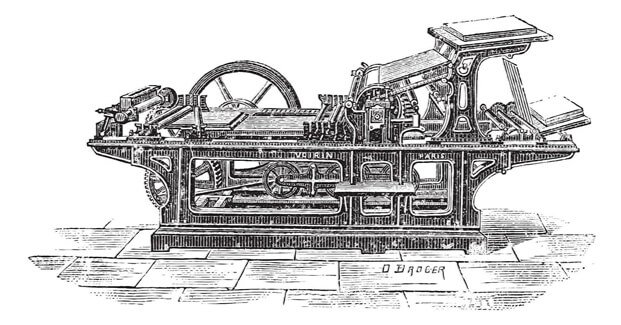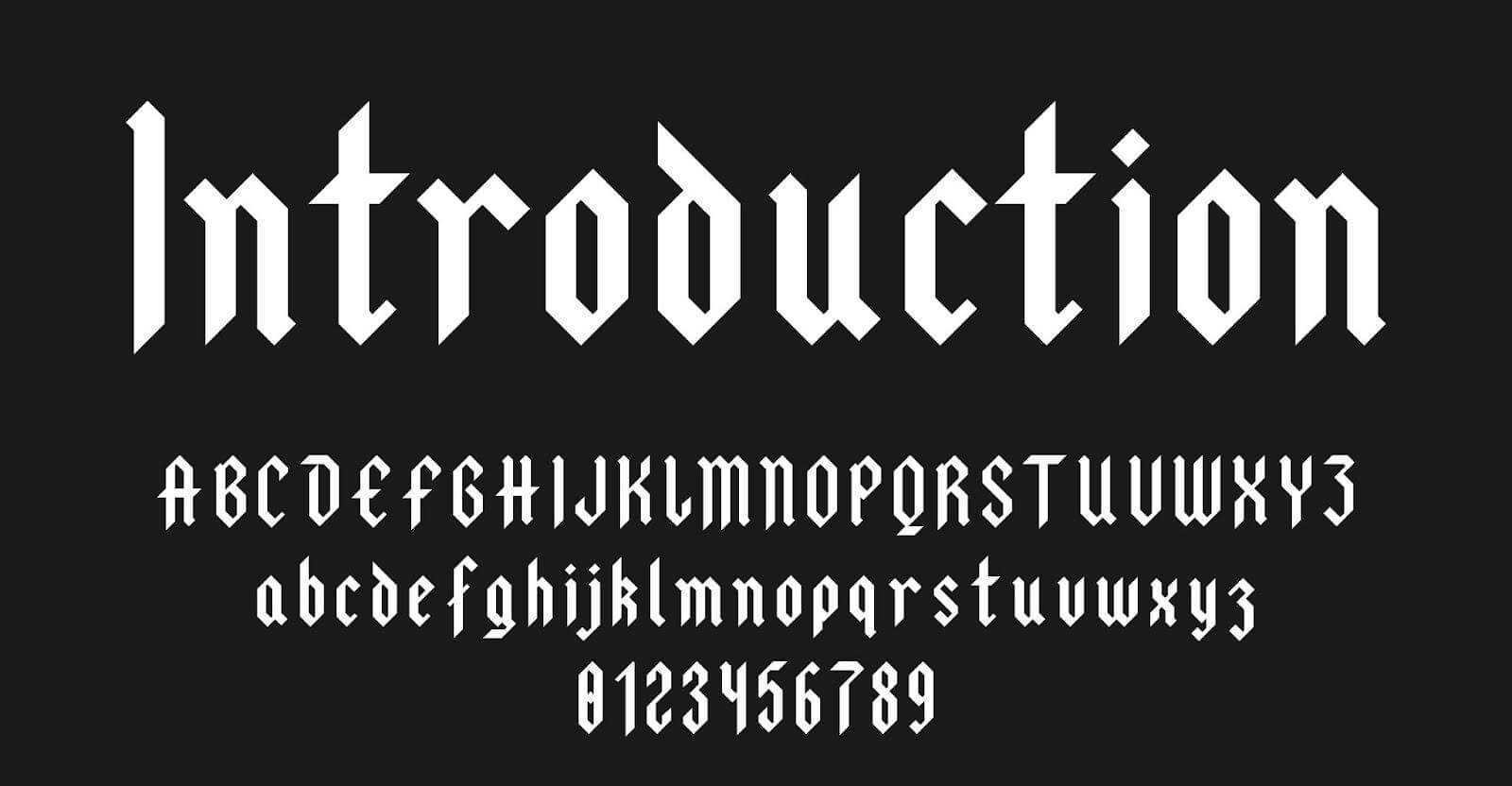Through graphics, fonts, colors, and simple geometric shapes, design modifies the way people perceive the world. It reflects user comfort, preferences, and trends. But did you know that this discipline has a centuries-long history that traces back to cave paintings?
If you’re considering a career in digital design, delve into the history of the first printed materials, advertising content, and modern interfaces in this article. You will also discover examples of digital design from Apple, illustrating how they’ve adjusted their marketing materials and products to align with trends.
Table of Contents
7 different types of design
Before diving into the history of design, it’s important to grasp the multifaceted nature of this field. It tackles various tasks, from communicating with users through visual elements to crafting expansive, functional products.
The most prevalent types of design are:
- Graphic design. It involves creating visual content to communicate messages and ideas. Graphic designers utilize images, typography, and color to convey information or evoke emotions.
- Web design. It focuses on the visual appearance and layout of web pages. This direction also considers user experience, functionality, and aesthetics to create engaging and functional online platforms.
- Product design. It’s about developing the appearance and functionality of physical products. Working in this field means putting special emphasis on product usability and ergonomics.
- Industrial design. Similar to product design, industrial design emphasizes creating physical products for people. The main difference is volume. Industrial design covers mass-production commodities, while product focuses on unique things.
- Interior design. It encompasses developing and arranging living or commercial spaces to create a functional and aesthetically pleasing environment. To master this direction, you should be proficient in setting proper lighting, harmonic color blends, and furniture material combinations.
- Logo design. Professionals in this field create unique and memorable symbols that can be associated with a specific brand.
- Typography design. It involves the art and technique of arranging typefaces to make written language readable and visually appealing.
The most notable design eras
Throughout different design eras, people have had multiple interpretations of this concept. It started with basic drawings serving as a means to convey messages. As civilization progressed, experts in this field became involved in crafting fonts for sacred texts and played a role in shaping advertising. In the digital age, all the knowledge accumulated over centuries transitioned into the online space.
FAQ: When did design history begin?
The history of design is believed to trace its origins to cave paintings, around 38000 BCE. Nonetheless, this discipline evolved with each era, adapting to the changing needs of humanity. A significant catalyst for the development of design was the invention of the printing press by master Johannes Gutenberg. His work sparked an information revolution and the widespread distribution of literature. Consequently, designers of that time began to create various typefaces.
The prehistoric ages (before 3000 BCE)

The earliest traces of design date back to prehistoric times, around 38000 BCE, when people started creating cave paintings. These depictions ranged from animals to scenes of daily life.
One of humanity’s notable achievements in design was the Sumerian cuneiform writing system, recognized by historians as the world’s first written language. Its creation aimed to facilitate information exchange among merchants regarding their commodity stocks. Sumerian cuneiform employs simple images. In contrast to the conventions of many modern languages, each symbol represents an entire word, not a specific phonetic sound.
Medieval era (476 CE–1450 CE)
Over time, humanity acquired the skill of crafting books. Earlier, pieces of content were painstakingly written and reproduced by hand. Readers could identify the author through their distinctive style, highlighting the crucial importance of fonts. Around 700 CE, the art of medieval calligraphy emerged.
The printing press invention (around 1436)

The renowned German jeweler Johannes Gutenberg transformed design. His invention, the printing press, eliminated the need for manual transcription of books, paving the way for mass production of texts. Gutenberg used this groundbreaking technology to print the first Bible. He utilized 300 specially crafted letter blocks and 50,000 sheets of paper. These developments standardized fonts and introduced illustrations to the broader audience.
The Renaissance era (14th–17th centuries)
The Renaissance era was a golden age for advertising. It witnessed the emergence of initial logos and print advertisements with a notably simple design. For example, logos of that time resembled basic marks found on company documents. In the book “A History of Advertising from the Earliest Times,” Henry Sampson provides intriguing examples of mass advertising from that era. He recounts the story of a London grocer who offered his customers a printed list of his goods along with prices. Other entrepreneurs at the time did not appreciate this idea, deeming it an unnecessary expense for retail sellers.
The Industrial Revolution (18th–19th centuries)
The Industrial Revolution reinvented design, shifting work from manual to machine-based. A key breakthrough during this time was the advent of chromolithography technology. This innovation allowed the addition of color to black-and-white illustrations by applying each hue separately through a printing form. Thanks to this technology, brands could fully embrace the impact of color in influencing consumers—crafting unique schemes and conveying intricate emotions.
The modern era (late 19th–20th centuries)

Despite the swift progress design experienced in this era, it couldn’t escape its darker side. People began recognizing that visual art possesses the power to shape perception, which resulted in mass manipulations. For example, in the article “How Fonts Are Fueling the Culture Wars” for Wired, journalist Ben Hersh tells the unsettling story of the Fraktur font from the Blackletter family, previously used in the Bible. Hitler utilized it for the propaganda of Nazi Germany.
After World War II, there was a reevaluation of design as it solidified into a distinct discipline. It all began with the book “Creative Engineering,” released by John E. Arnold in 1959. The author argued that design should focus on the problems and desires of users. This idea found broad resonance.
The role of design continued to evolve. In 1960, Victor Papanek, stated that designers should leverage their skills to tackle social and environmental issues in his book “Design for the Real World.”
The information age (21st century–present)

Design underwent a significant evolution as computers and the internet became widespread. The presentation of information on screens became a crucial aspect. In the early 2000s, a distinctive style—skeuomorphism—emerged. It involved copying real-world textures and elements into the digital interface, favoring realistic and familiar figures.
However, as technology and design preferences advanced, flat design took center stage. It departed from the realistic elements of skeuomorphism, embracing simplicity with clean lines, vibrant colors, and a minimalist aesthetic. Icons became flatter, shedding intricate details, and interfaces adopted a more straightforward and intuitive appearance. This shift wasn’t just about aesthetics; it was driven by the necessity for responsive design across various devices.
With each passing year, there was a growing realization that user interaction with interfaces should be seamless. In 2014, Google introduced Material Design, emphasizing an immersive experience through typography, grids, space, scale, colors, and imagery. In 2021, Google introduced Material You, allowing complete customization of Android systems to match individual preferences. For example, it can adjust the color scheme based on chosen wallpapers.
Apple digital design
A perfect example of digital design changes is seen in Apple’s journey. Since its inception in 1976, the company’s products have been renowned for their simple and elegant designs. However, in the early 2000s, the company began experimenting with new styles. The introduction of skeuomorphism in the Mac OS X 10.2 Jaguar operating system was followed by a transition to flat design in 2013. Apple continually adapts its systems to prioritize simplicity, elegance, and user-friendliness.
FAQ: Who created design as a concept?
There is no straightforward answer to this question because the idea of design came about as people collectively realized that visual elements, fonts, colors, and shapes can impact human perception. The term “design” is believed to have originated in 1922 when American typographer William Addison Dwiggins wrote his essay “New Kind Of Printing Calls For New Design”. In this piece, he argued that design principles should be adjusted to align with emerging printing technologies.
FAQ: Who is the father of design?
While many practitioners contributed to the development of design as a discipline, the title of its father is conferred to the American professor John Edward Arnold. He formulated the concept of design thinking, which suggests that professionals in this field should create solutions to problems by focusing on user needs and wants.
Conclusion
Design is not just a discipline; it’s a creative approach that helps develop functional, eye-catching, and user-friendly products. To reach this point, thinkers from various eras have made their contributions. As a result, digital design has emerged, prioritizing a user-centric approach.










